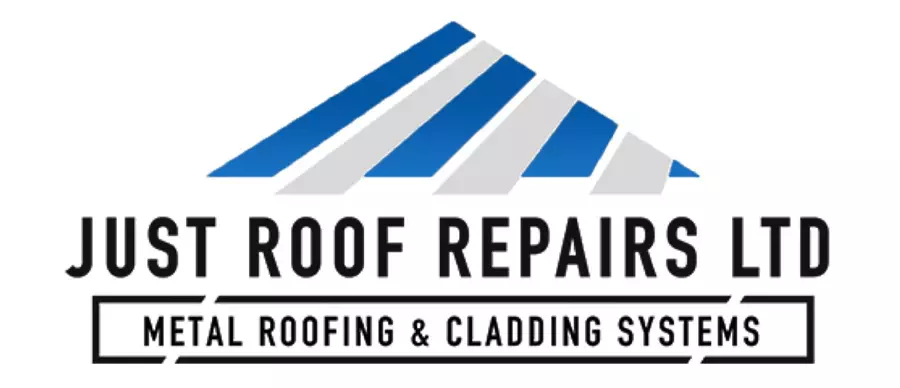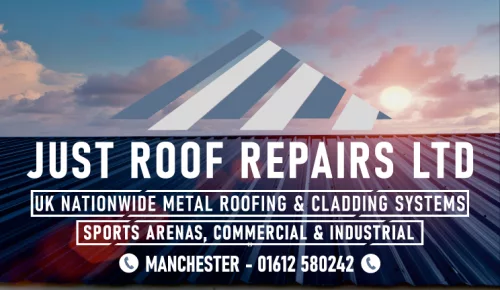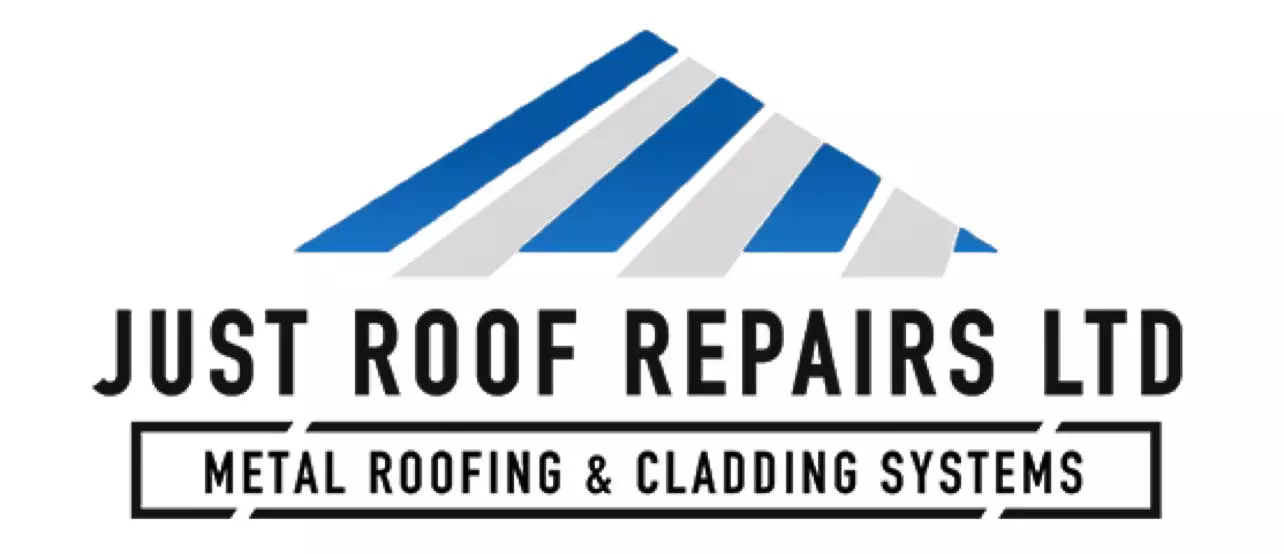You might not realize that encapsulating asbestos by installing a metal roof over it can be a safe and effective solution if the asbestos is undamaged. This approach minimizes the risk of exposure to harmful fibers, but there are important factors to contemplate, such as local regulations and proper installation techniques. Understanding the legal implications and the necessity of a thorough inspection can greatly impact your decision. So, what steps should you take to guarantee you’re making the right choice for your home?

Understanding Asbestos Risks
As you consider the implications of installing a metal roof over asbestos, it’s crucial to understand the risks associated with asbestos exposure. Asbestos is a naturally occurring mineral that, when disturbed, releases fibers into the air. These fibers can be inhaled, leading to serious health effects, including lung cancer, mesothelioma, and asbestosis.
Even minimal exposure can pose significant health risks, particularly for individuals with pre-existing respiratory conditions.
When you cover asbestos with a metal roof, you’re not eliminating the risk; you’re merely encapsulating it. If the existing roof deteriorates or the installation process disturbs the asbestos, you could inadvertently release harmful fibers. This is especially critical if you plan on making any modifications in the future.
It’s important to assess the condition of the asbestos before proceeding. If it’s intact and undisturbed, it may be safer to leave it in place. However, if there’s any damage, consider hiring a professional asbestos abatement service to mitigate the risks effectively.
Always prioritize health and safety over convenience; understanding these asbestos risks will help you make informed decisions regarding your roofing project.
Benefits of Metal Roofing
Metal roofing offers a durable and reliable solution for homeowners looking to enhance their property while guaranteeing long-term protection. One of the most notable benefits you’ll notice is its energy efficiency. Metal roofs reflect solar heat, which can considerably reduce your cooling costs during hot months. This efficiency not only saves you money but also contributes to a reduced carbon footprint.
Additionally, metal roofing provides exceptional aesthetic appeal. Available in various colors and styles, it can complement the architectural style of your home, enhancing its overall value. Unlike traditional roofing materials, metal roofs resist fading and retain their vibrant appearance for decades.
Furthermore, metal roofing is built to withstand extreme weather conditions, including heavy rain, snow, and wind, making it a reliable choice for durability. It also requires minimal maintenance, allowing you to focus on other aspects of your home rather than frequent repairs.
Before making a final decision, consider these benefits carefully. Installing a metal roof over asbestos can be an efficient and visually appealing option, but it’s vital to consult with professionals to guarantee a safe and effective installation.
Legal Considerations
When considering the installation of a metal roof over asbestos, it’s crucial to understand the legal implications involved. Asbestos regulations vary by location, and failing to comply can lead to significant legal liability. Before proceeding, you must check local and state laws regarding asbestos handling and encapsulation; many jurisdictions have strict guidelines to protect public health.
If you decide to install a metal roof over asbestos, make certain that you’re following the proper procedures. Engaging a licensed contractor who specializes in asbestos management can mitigate risks and help you navigate the regulatory landscape. They’ll be familiar with the necessary permits and can make sure that the installation complies with asbestos regulations.
Neglecting to address asbestos properly can expose you to legal liability, especially if someone later discovers asbestos during renovations or if it poses a health risk.
Be proactive and document all steps taken during the installation process, including any assessments or encapsulation methods applied. This documentation can serve as a legal safeguard if issues arise in the future. Always prioritize safety and compliance to protect yourself and others.
Inspection and Assessment
Before installing a metal roof over asbestos, conducting a thorough inspection and assessment of the existing roofing material is essential. This process guarantees you’re aware of any potential health risks and structural issues that could arise from the asbestos.
You should never underestimate the importance of a professional evaluation, as improper handling of asbestos can lead to serious health complications.
Here are some key steps to follow during the inspection:
- Check for Damage: Look for signs of wear, leaks, or deterioration in the existing roofing material.
- Identify Asbestos Presence: Confirm the presence of asbestos through lab testing if unsure, as this will dictate your next steps.
- Evaluate Asbestos Removal: If the asbestos is severely damaged or poses a significant risk, you may need to assess safe asbestos removal before proceeding.
Engaging a qualified professional for an evaluation will provide you with insights into whether the asbestos can remain under the metal roof or if removal is necessary.
Taking these precautions will help guarantee a safe and effective roofing project while protecting your health and property.
Installation Process Overview
Installing a metal roof over asbestos requires careful planning and adherence to safety protocols. First, you’ll need to prepare the existing roof. This involves cleaning the surface to remove debris and making certain that the asbestos material is intact and undisturbed. If any damage is found, consult a professional for remediation before proceeding.
Next, you’ll want to choose the right installation techniques. Using a solid underlayment can help guarantee the metal roof’s longevity while providing additional insulation. It’s essential to secure the underlayment properly, as this will support the metal panels and help prevent moisture issues.
When installing the metal panels, start at the eaves and work your way up, overlapping each panel to create a watertight seal. Fasten the panels securely, but be cautious not to penetrate too deeply, as this can disturb the underlying asbestos.
As you work, always wear protective gear, including a respirator and gloves, to minimize exposure to any potential asbestos fibers.
Ensuring Proper Ventilation
Proper ventilation is essential for maintaining the longevity and performance of a metal roof installed over asbestos. Without adequate airflow, moisture can accumulate, leading to mold growth and potential deterioration of both the roof and underlying materials.
Guarantee you implement effective ventilation methods to promote air circulation and prevent issues down the line.
To achieve proper ventilation, consider the following strategies:
- Ridge Vents: Install ridge vents at the peak of the roof to allow warm air to escape while drawing in cooler air from below.
- Soffit Vents: Incorporate soffit vents under the eaves, which will help facilitate airflow into the attic space, enhancing overall ventilation.
- Gable Vents: Use gable vents on opposing walls to create cross-ventilation, effectively improving air circulation throughout the attic.
Maintenance Tips for Metal Roofs
To keep your metal roof in peak condition, regular maintenance is essential. Start with seasonal inspections to identify potential issues before they escalate. Check for loose or missing panels, which can compromise your roof’s integrity. Pay attention to seams and fasteners, ensuring they’re tight and free from rust.
Next, clear debris like leaves and branches from the roof surface and gutters. This prevents water accumulation, which can lead to corrosion and leaks. If you spot any rust, address it immediately by sanding the affected area and applying a rust-inhibiting primer, followed by touch-up paint that matches your roof.
Additionally, inspect the flashing around chimneys, vents, and other protrusions. Properly sealed flashing prevents water infiltration, which can cause significant damage over time.
Don’t forget to check for signs of wear in the insulation beneath the roof. If you notice any moisture or mold, it could indicate a leak that needs prompt attention.
Cost Implications
When considering a metal roof over asbestos, it’s important to understand the associated cost implications. First, you should weigh the initial installation costs against potential long-term savings. While metal roofs can be more expensive upfront, their durability and low maintenance requirements can lead to significant savings over time.
Here’s a cost comparison to keep in mind:
- Installation Costs: Adding a metal roof over existing asbestos might involve additional labor and materials, impacting your budget.
- Maintenance: Metal roofs require less upkeep compared to traditional roofing, which can help you save money in the long run.
- Energy Efficiency: Metal roofs reflect sunlight, potentially lowering your energy bills and offering further cost benefits.
Be cautious when deciding. You may need to factor in the cost of asbestos management if the material is disturbed during installation.
It’s crucial to consult professionals who can provide accurate estimates and guarantee compliance with safety regulations.
Ultimately, while the upfront costs may seem high, the long-term savings and benefits can often justify the investment, making it a viable option for homeowners.
Alternatives to Consider
Exploring alternatives to installing a metal roof over asbestos can be vital for homeowners looking to manage costs and guarantee safety. One essential option is asbestos removal.
Although this process can be more expensive upfront, it eliminates health risks associated with asbestos exposure and allows for a broader choice of roofing materials. By safely removing asbestos, you can select modern, energy-efficient roofing solutions that enhance your home’s value.
If removal isn’t feasible, consider encapsulation, where a sealant is applied to the asbestos to prevent fibers from escaping. This method is generally less costly and still provides a layer of safety.
After encapsulation, you can install a new roof over the existing structure, but make sure to consult a professional to verify compliance with local regulations.
Another alternative is to use lightweight roofing materials that minimize structural stress, making it easier to install over existing layers without disturbing the asbestos.
Regardless of the route you choose, prioritizing safety and long-term benefits is essential. Always consult with certified professionals to discuss your options and guarantee your approach is both effective and compliant with safety standards.
Frequently Asked Questions
Can I Install a Metal Roof Myself Over Asbestos?
You can install a metal roof yourself, but consider DIY considerations and safety precautions. Make certain you wear protective gear, handle materials carefully, and check local regulations before proceeding to avoid potential hazards.
Will a Metal Roof Increase My Home’s Value Despite Asbestos?
Sure, installing a shiny metal roof over asbestos might make you feel like a home improvement hero, but without asbestos removal, potential buyers may see a hazard instead of an asset, hurting your home’s value.
How Long Does a Metal Roof Typically Last Over Asbestos?
A metal roof typically lasts 40 to 70 years with proper roof maintenance. However, you should prioritize asbestos removal for safety. Regular inspections can guarantee longevity and prevent potential hazards associated with asbestos exposure.
Does Asbestos Affect the Insulation Performance With a Metal Roof?
Asbestos insulation’s impact on metal roof performance can be significant. While it may not directly reduce efficiency, any disturbance could release harmful fibers. You should always prioritize safety and consider professional assessment before proceeding.
Can I Paint a Metal Roof Installed Over Asbestos?
Yes, you can paint a metal roof installed over asbestos, but you should take safety precautions. Make certain you choose appropriate paint types that adhere well and withstand the elements for lasting protection and performance.
Conclusion
In summary, while you can safely install a metal roof over intact asbestos, it’s essential to prioritize safety and compliance. Did you know that about 1.3 million workers in the U.S. are potentially exposed to asbestos on the job? Engaging licensed professionals for thorough inspections is important, as is ensuring proper ventilation during installation. Remember, taking these precautions not only protects your health but also enhances the longevity of your new roofing system.


